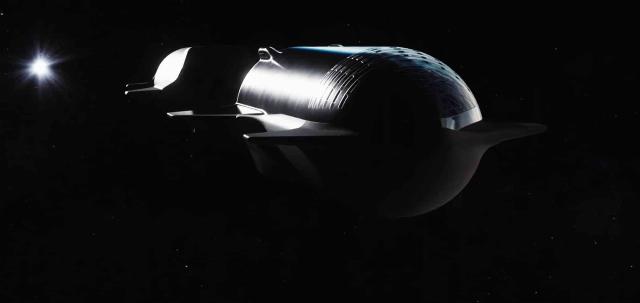According to current plans, a new mission to Uranus should be launched in the early 2030s, but the probe is unlikely to have time to build and prepare by that time. This may even be for the best: scientists are considering using the latest Starship space system, which is currently being tested, to fly to the ice giant. It could reach Uranium several years faster than expected according to the classical scheme.
The Voyager 2 probe flew 81.5 thousand kilometers from Uranus on January 24, 1986, and this is so far the only case in history of our close examination of this planet. At that time, they found a whole list of previously unknown moons and rings, and most importantly, they discovered features that are still difficult to explain.
For example, it turned out that the magnetic field of Uranus is not only displaced from its center, but also strongly inclined relative to the axis of rotation. Combined with the well-known impressive tilt of this axis itself (Uranus "lies on its side") this creates an intricate picture. In addition, no internal heat was found in Uranium at that time, which is also unusual. Finally, the existence of subglacial oceans is suspected in the depths of some of its moons.
To clarify all the questions that have accumulated over the decades about Uranus and its system, the concept of the Uranus Orbiter and Probe mission has been developed. It involves the simultaneous launch of two spacecraft to the planet: one will become its artificial satellite, and the other will descend into the atmosphere of Uranus and collect invaluable information there.
Today's plan provides for their launch in 2031-2032 on a Falcon Heavy rocket, a gravitational maneuver at Jupiter to gain additional acceleration, and arrival at Uranus in 2044-2045. But all this, most likely, will not take place on schedule: the probes are still "in the project." By the beginning of the next decade, they are unlikely to be ready for launch, which means losing the chance to use Jupiter's gravity: at a later launch, it will already "leave" the spacecraft's flight path.
This greatly delays the entire mission. The probes will reach Uranus only by the 2050s, and scientists would really like to make it to the middle of the century: in 2049-2050, the spring equinox will occur in the Northern Hemisphere of the planet, and it would be interesting to observe the change of seasons up close.
The current situation has become especially hopeless against the background of recent budget cuts at NASA. Nevertheless, in recent years, researchers of the ice giant have gained a new hope: it is connected with the Starship space system, which Elon Musk's SpaceX company has developed and is currently testing for manned flights to Mars. Experts from the Massachusetts Institute of Technology described how it can be used to send probes to Uranus in a recent article presented at the IEEE Aerospace conference in the USA.
According to scientists, one of the main features of Starship, which may be useful for a flight to Uranus, is the possibility of refueling in space: an "empty" ship is sent into orbit, then the same ones filled with fuel are launched to it. They take turns docking with the main one and delivering fuel to it, after which the Starship is ready to travel through the Solar System.
Calculations have shown that due to this, it is quite possible to dispense with gravitational acceleration near Jupiter: after seven to nine refueling sessions, the Starship is able to fly independently to Uranus itself in a maximum of 10 years. At the same time, three options are considered upon arrival. One of them assumes that the probe, after separation, enters the desired orbit around the planet itself, the other two assume that Starship does it for it.
This means that the ship will have to slow down in the atmosphere. He can do this with the help of engines, but this will result in high fuel consumption. Therefore, there is another, very daring way — to slow down the ship's hull itself: it rubs against the atmosphere and eventually slows down. This scheme is called air capture. It is risky, but profitable — in just seven years, up to six tons of payload can be delivered to Uranus.
Adele Romanova

